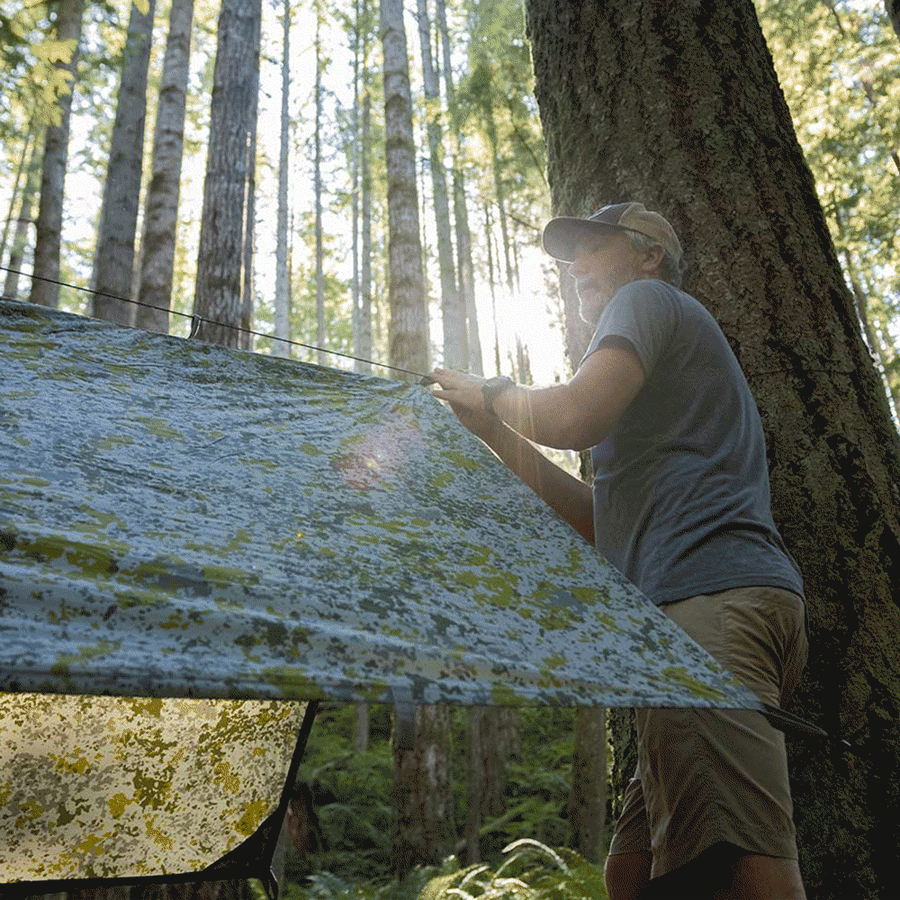WATERTIGHT DRY BAG
When you call something a watertight dry bag, you’re promising zero compromise between your gear and the elements. At AquaQuest, our collection doesn’t just “resist water” — it seals it out.
Whether you’re paddling rapids, bikepacking through rain, or crossing glacial streams, every bag here is built to defend your gear.
You’ll find roll-top sacks, backpack styles, lightweight versions, and rugged heavy duty options all in one place.
Each model is field-tested for seam integrity, buckle strength, closure reliability, and abrasion resistance. We use industry-grade fabrics (like TPU, ripstop nylon with laminated coatings) and engineering techniques (RF welding, bartack reinforcement) to ensure every stitch holds.
These are not performance claims — these are proven results from real adventures. From minimalist day trips to multi-day expeditions, this collection ensures that what matters stays dry — not just in drizzle, but in dumps, sprays, and dunk tests.


Water-resistant means “can hold off some moisture.” Watertight means no water in — under pressure, immersion, or spray. Many dry bags are marketed as waterproof, but their closures (roll-tops, zippers) are the weak link. True watertight performance demands three things in harmony:
- Seam construction — RF welding, seam taping, or high-frequency welding prevents leakage through stitch holes.
- Closure system — Roll-top seals, waterproof zippers, or fold-seal systems must match the bag’s use case.
- Material durability & abrasion resistance — Outer shells must stand up to rocks, sand, UV, and abrasion without puncturing.
Competitor brands like OverBoard highlight HF welded construction and fold-seal systems to ensure full waterproofing. Sea to Summit also calls out heavy-duty laminates and seals in their gear line.
Why “watertight” matters more than “water-resistant”
SHOP DRY BAG
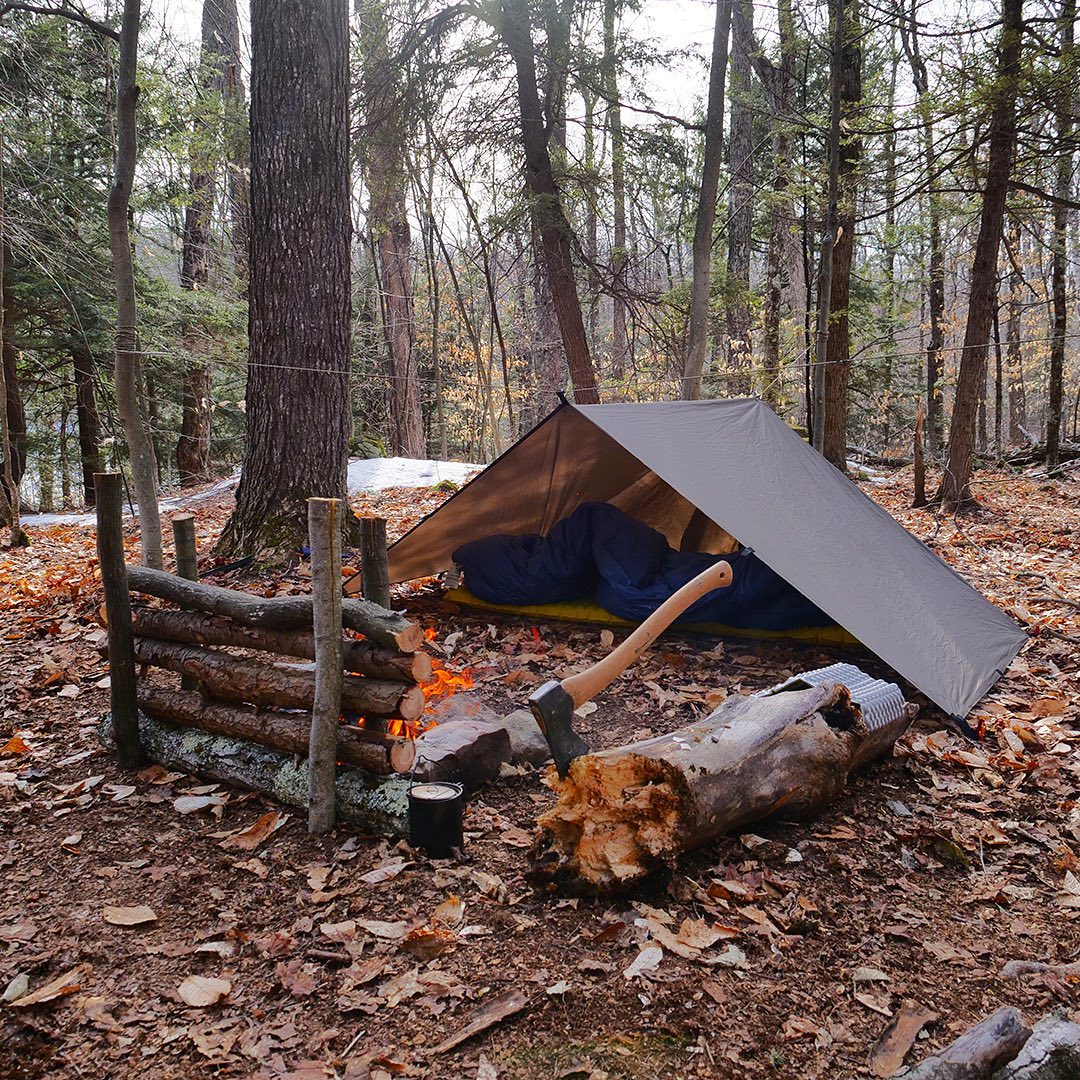
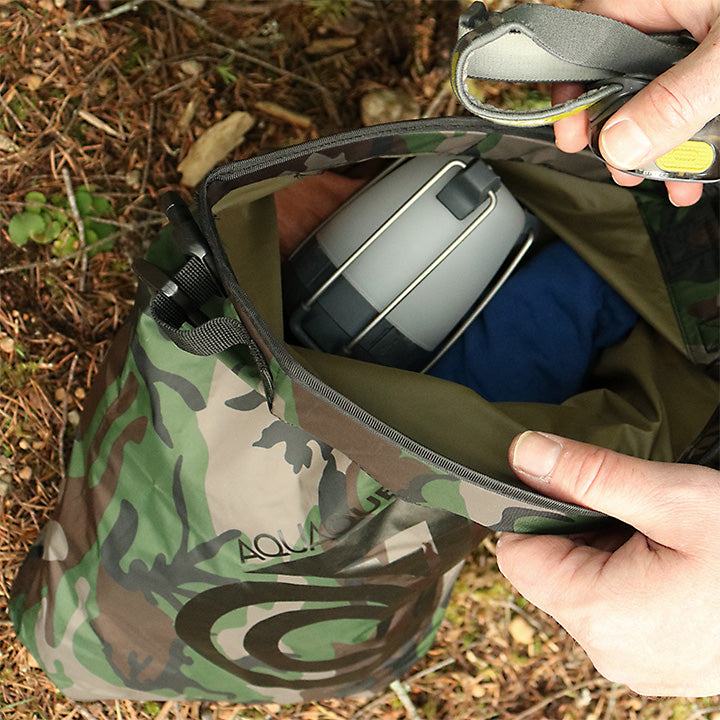
Roll-Top Sacks — simplest, robust, versatile
The classic. Roll-top bags have no zippers, making them lighter and simpler. They scale from small (camera, phone) to large (sleep system). Best for general-purpose protection during paddling, pack support, or inside a kayak.
Backpack / Duffel Styles — for serious load-outs
When you don’t want to carry multiple sacks but need to haul a full load, waterproof backpacks or duffels with internal compartments combine convenience and protection.
Light & Ultra-Light Options — for minimalist travelers
When every gram counts, ultralight dry sacks with minimal hardware, slim tapes, and ultra-thin laminates deliver watertight protection with minimal weight.
Add-on features matter too — lash points, daisy chains, external pockets (waterproof ones), and tether loops let you strap, stow, or attach gear without compromising the watertight seal.
Choose the right format for your mission
SHOP DRY BAG
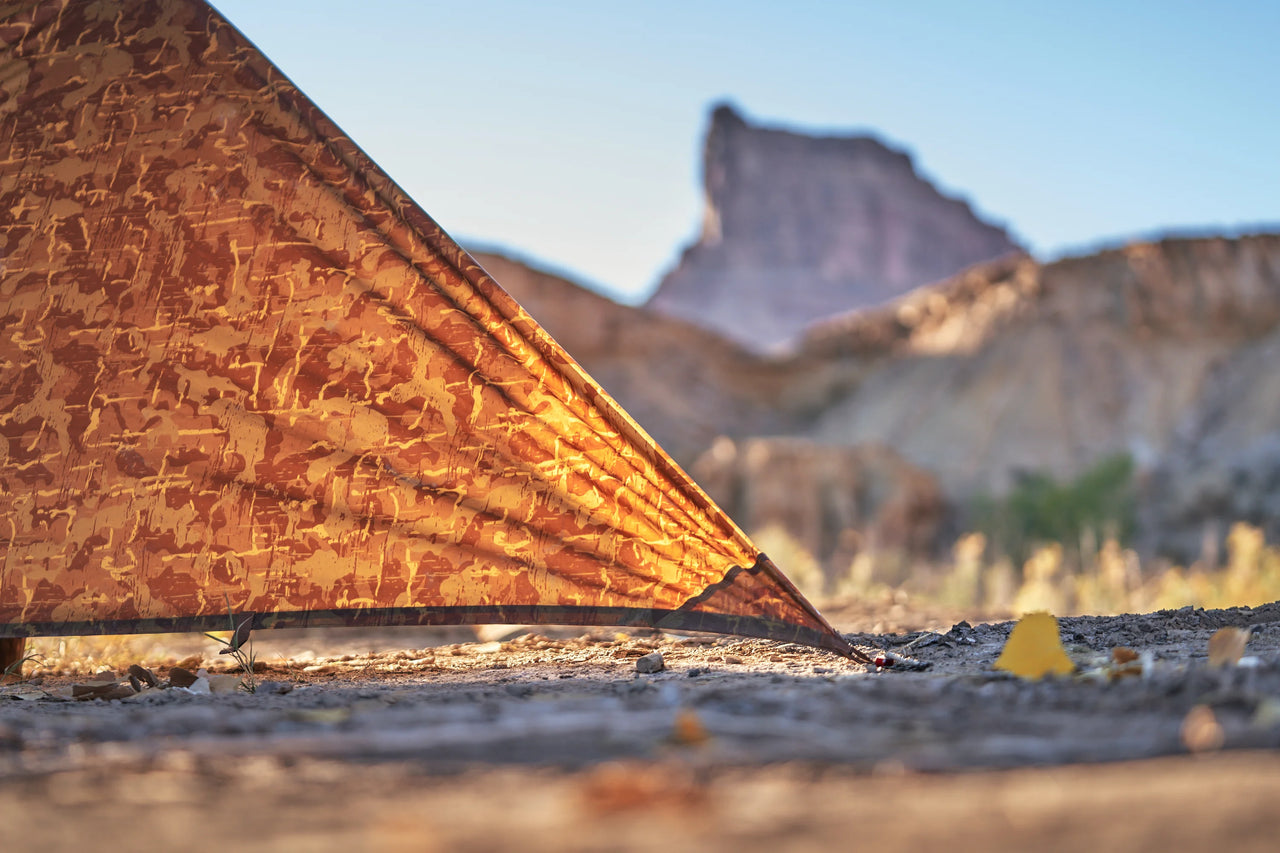
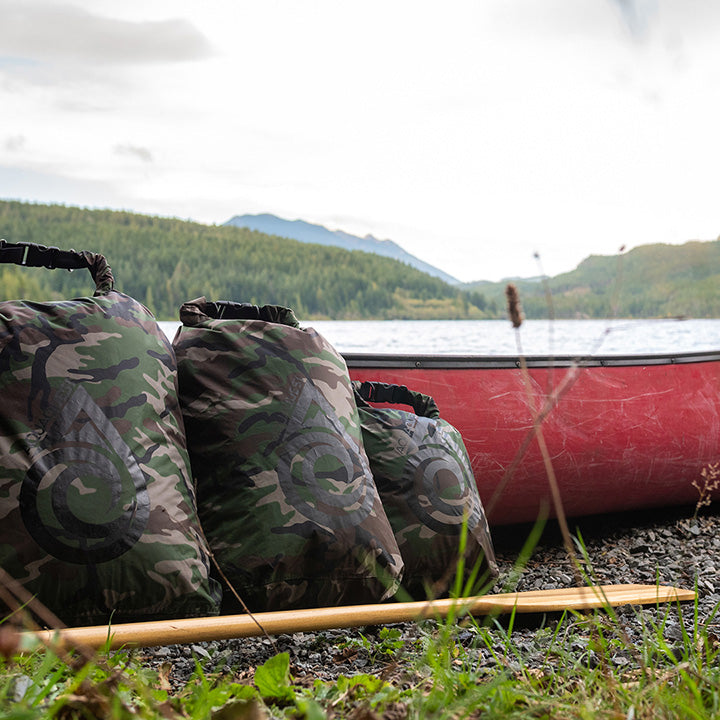
- Seal it right — roll at least 3 times, buckle tight, and do a squeeze test (you should feel no air escaping).
- Test before you trust — dunk your empty bag or partially filled bag before you depend on it in the field.
- Rinse & dry — after salty or dirty use, flush with fresh water, invert to dry, and store loosely (not compressed).
Inspect seams & closures — over time, UV, flexing, and debris can degrade materials. Replace or retire if you see delamination or sticking closures.
Care, testing & trust
SHOP DRY BAG
FAQ
If it contains enough trapped air and isn’t overloaded, yes — many roll-top bags float. That said, submersion or heavy loads can force water entry under pressure.
That depends on closure type and pressure. Some bags rated to IPX7 or higher can handle short-term submersion. Always test each model before trusting it underwater.
Rinse with fresh water, gently scrub dirt, ensure it’s fully dry inside and out before storing in a loose state (not compressed). Lubricate zippers if applicable; avoid sharp debris.
For small valuables (phone, wallet, keys), 5–10L works well. For clothes and sleeping gear, 20–30L is common. Large expeditions or shared gear may call for 40L+. Always size up if in doubt — it’s easier to carry extra space than to squeeze gear.
